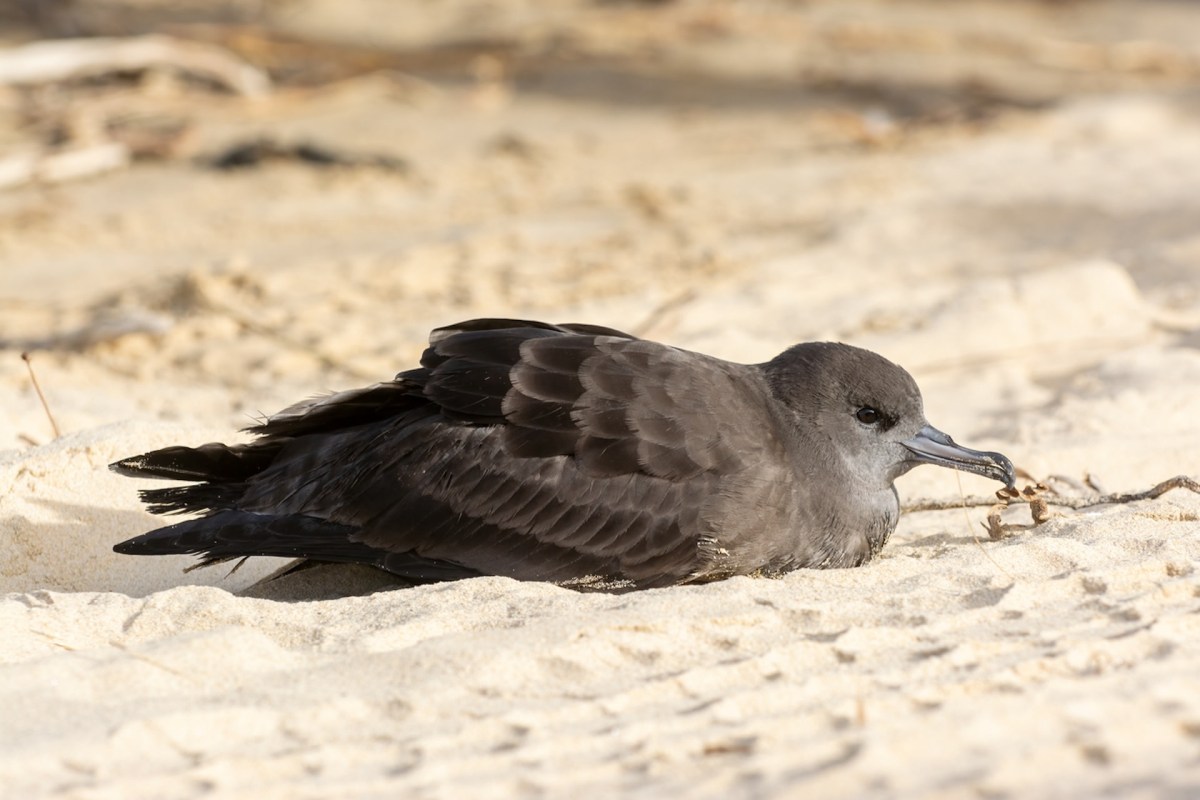Thousands of short-tailed shearwaters have been washing up dead on Australian beaches — and while the exact reasons are not quite clear, experts agree that human-caused pollution is to blame.
What is happening?
The short-tailed shearwater is a type of seabird that occurs in large flocks over cold water.
Recently, Australian beachgoers have witnessed a disturbingly large number of these birds washing up dead onshore. One issue is that experts have no way of even determining exactly how many dead birds there have been.
"Australia doesn't have a national calling or monitoring system," Dr. Jennifer Lavers, one of the scientists attempting to document the mass mortality event, told news.com.au.
"All [the] different channels don't necessarily communicate with one another. … We had 416 [deaths] reported to us just yesterday. So we're already talking about thousands."
Why is this concerning?
There are two major threats that the short-tailed shearwaters are facing, both the result of pollution. One issue is the amount of plastic in the ocean, an amount that grows by 14 million tons each year.
One study, which focused on a different shearwater species, found that many of the birds had ingested plastic and that it was having "sublethal effects," including changing their blood chemistry.
The other factor is rising global temperatures, which have raised the temperature of ocean waters — bad news for the short-tailed shearwater, which prefers colder waters.
"Coming to land is not something [shearwaters are] comfortable with. It usually indicates one of two things: Either they're ready to breed, or they're ready to die," Dr. Lavers said.
"If you see a seabird on land, odds are it means they're extremely unwell, and that has nothing to do with a windstorm. It has everything to do with the fact that the oceans are too warm."
Eliana Leopold, who works on rescue efforts with the birds, told Yahoo News Australia that it's discouraging to see what's happening.
"I love this work, but it's also quite depressing," she said. "... Sometimes I wish I could just not look at animals anymore, and just go back to my merry way and blissfully not to worry. But once you see it, it's very hard to unsee it."
What can be done about it?
On an individual level, cutting down on the amount of plastic we go through can be as simple as getting a reusable water bottle and attempting to take any of the 13 steps The Cool Down has identified to reduce the ways you buy and use plastic items.
While reducing plastic demand is the most important factor, it's also worth taking the time to recycle your plastic as effectively as your city will allow. Even if not all is perfectly recycled, anything that doesn't get recycled will still be less likely to end up in the ocean.
Stopping the rising temperatures of ocean waters will likely require a larger societal shift away from dirty energy sources like gas and coal and toward clean, renewable energy sources like wind and solar.
However, some individual steps that you can take include joining a community solar program and attempting to get as much energy as possible from clean sources.
Join our free newsletter for cool news and cool tips that make it easy to help yourself while helping the planet.









